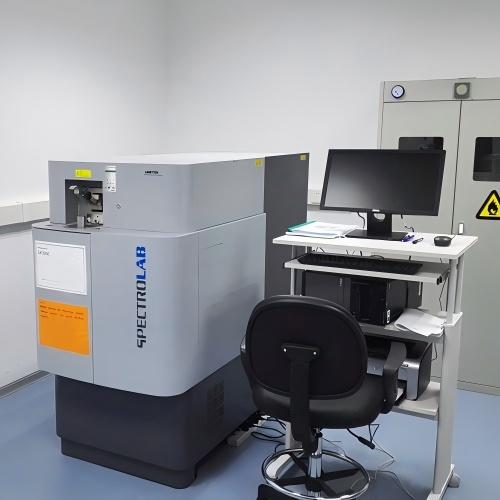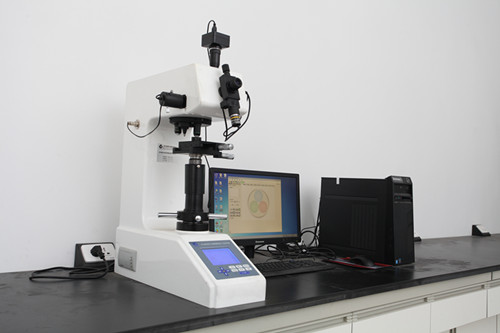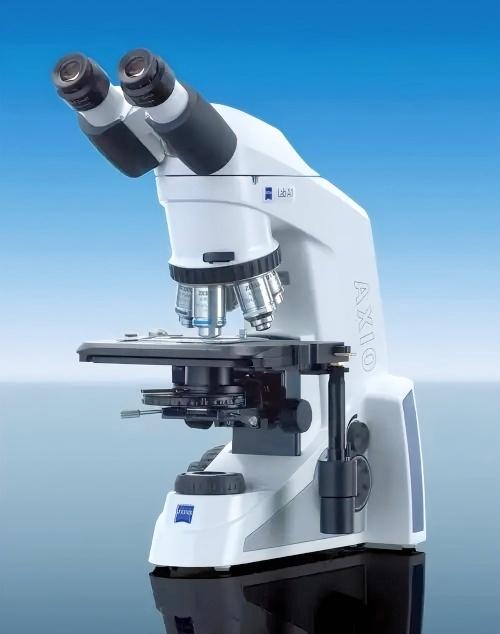How to test tungsten carbide
How to test tungsten carbide ?Tungsten carbide is a critical engineering material widely used in metal cutting, mining, petroleum drilling, and other fields. To ensure the quality and performance of tungsten carbide products, rigorous testing is essential. This article introduces the standards and methods for tungsten carbide test.
Testing Standards for Tungsten Carbide
The testing standards for tungsten carbide primarily cover three aspects: chemical composition, physical properties, and microstructure.
1.Chemical Composition Testing:
This focuses on analyzing the content of key elements such as carbon (C) and tungsten (W), as well as detecting impurities. Common chemical analysis methods include:
Spectral analysis
Chemical titration
Mass spectrometry
These methods verify whether the elemental ratios meet specifications and ensure the absence of harmful contaminants.

2.Physical Property Testing:
Key physical properties include hardness, density, thermal expansion coefficient, and thermal conductivity:
Hardness: Measured using Rockwell or Vickers hardness testers to evaluate compressive resistance.
Density: Calculated by measuring mass and volume.
Thermal Expansion Coefficient: Determined with a thermal expansion analyzer.
Thermal Conductivity: Assessed using a thermal conductivity meter.

3.Microstructural Testing
This examines grain size, phase composition, and porosity:
Grain Size: Observed via metallographic or electron microscopy.
Phase Composition: Analyzed using X-ray diffraction (XRD) or scanning electron microscopy (SEM).
Porosity: Measured through microscopy or water displacement methods.
Microstructural analysis reveals internal defects and organizational morphology, critical for assessing mechanical and wear-resistant properties.

Specialized Testing Requirements
Additional tests may apply based on application-specific needs:
Cutting tools: Require evaluations of cutting speed, force, and temperature.
Drill bits for petroleum drilling: Demand wear and corrosion resistance testing.
Key Considerations for Testing
Sample Preparation: Ensures accuracy and reliability of results.
Instrument Selection and Calibration: Use appropriate, well-maintained equipment.
Standardized Procedures: Minimize human error through strict protocols.
Data Analysis and Evaluation: Employ statistical methods to validate results.
Conclusion
Tungsten carbide testing is vital for guaranteeing product quality. By adhering to standardized methods for chemical, physical, and microstructural analysis, manufacturers can ensure compliance with application requirements. Attention to sample preparation, equipment calibration, procedural rigor, and data integrity is essential. Only through meticulous testing can tungsten carbide products meet the diverse demands of industrial applications.
